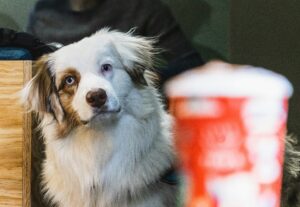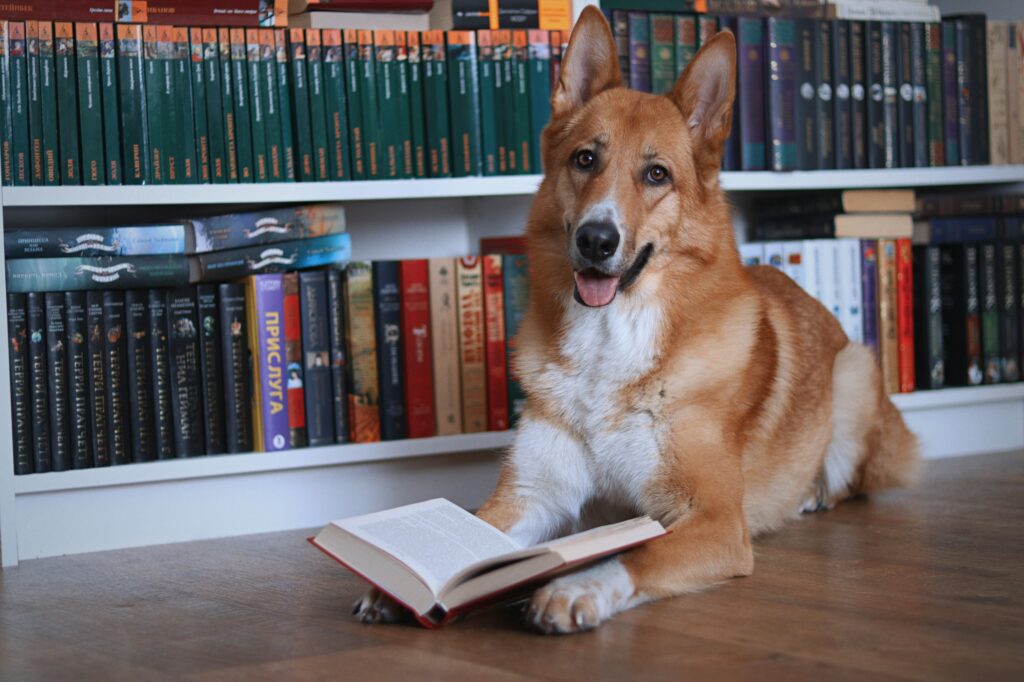Training Smarter, Not Harder
Training a dog can sometimes feel like a daunting task, but understanding how dogs think can make all the difference. Dogs aren’t just obedient animals—they’re intelligent, curious, and capable of problem-solving. The key is to train smarter, not harder, by working with their natural abilities and instincts.
The Science of Canine Learning
Dogs primarily learn through association. When an action leads to a positive outcome, such as treats, praise, or playtime, dogs are more likely to repeat it. This is the principle behind positive reinforcement, the most effective and humane training method.
For example, rewarding a dog for sitting on command creates a clear connection between the behavior and the reward. Over time, this consistency helps your dog learn faster and enjoy the process.
Timing is Everything
One of the most important aspects of training is timing. Dogs learn best when the reward immediately follows the desired behavior. Delaying a treat or praise can confuse your dog and reduce the effectiveness of training.
Quick, consistent feedback helps dogs understand exactly what is expected, whether it’s basic commands like sit and stay or more complex tricks like fetching specific items.
 Training Through Play
Training Through Play
Dogs are naturally playful, and incorporating games into training can boost both learning and bonding. Using toys, hide-and-seek games, or puzzle challenges encourages your dog to think creatively while staying engaged.
Play-based training also strengthens the human-animal bond. Dogs are more motivated to learn when the experience is fun and rewarding.
Breaking Down Complex Tasks
Smart dogs can handle multi-step tasks, but it’s important to break them down into manageable steps. Training in small increments allows your dog to succeed more frequently, building confidence and reducing frustration.
For instance, teaching a dog to fetch slippers can start with simple commands like “touch,” “pick up,” and “bring it,” combining them gradually into the full behavior.
Consistency is Key
Consistency is essential in training. All members of the household should use the same commands and expectations. Mixed messages can confuse your dog, slowing progress and creating frustration on both sides.
Routine, repetition, and a structured approach help dogs learn faster and retain information longer. Remember, smart training adapts to your dog’s personality and pace, rather than forcing them into a rigid schedule.
 Positive Reinforcement Over Punishment
Positive Reinforcement Over Punishment
Dogs respond best to encouragement, not punishment. Negative reinforcement can create fear, anxiety, or avoidance behaviors, which undermine learning. Positive reinforcement builds trust and teaches your dog that good behavior has rewarding outcomes.
Examples of positive reinforcement include:
-
Treats or favorite snacks
-
Praise or verbal affirmation
-
Playtime or interactive toys
-
Short, fun training sessions
These rewards help dogs associate learning with positive emotions, reinforcing their desire to please and succeed.
Signs Your Dog is Learning Efficiently
-
Responds quickly to cues
-
Shows enthusiasm during training
-
Retains commands even after breaks
-
Demonstrates problem-solving in new situations
-
Adjusts behavior based on your reactions
These signs indicate that your dog’s intelligence is being nurtured through effective, enjoyable training.
Final Thoughts
Training smarter, not harder, is about understanding how your dog thinks and learns. By using positive reinforcement, breaking down tasks, staying consistent, and keeping sessions fun, you can unlock your dog’s full potential.
Remember, training is not just about obedience—it’s about building a strong bond, encouraging mental stimulation, and helping your dog thrive. When done right, training becomes a shared adventure, bringing joy to both you and your pup.

